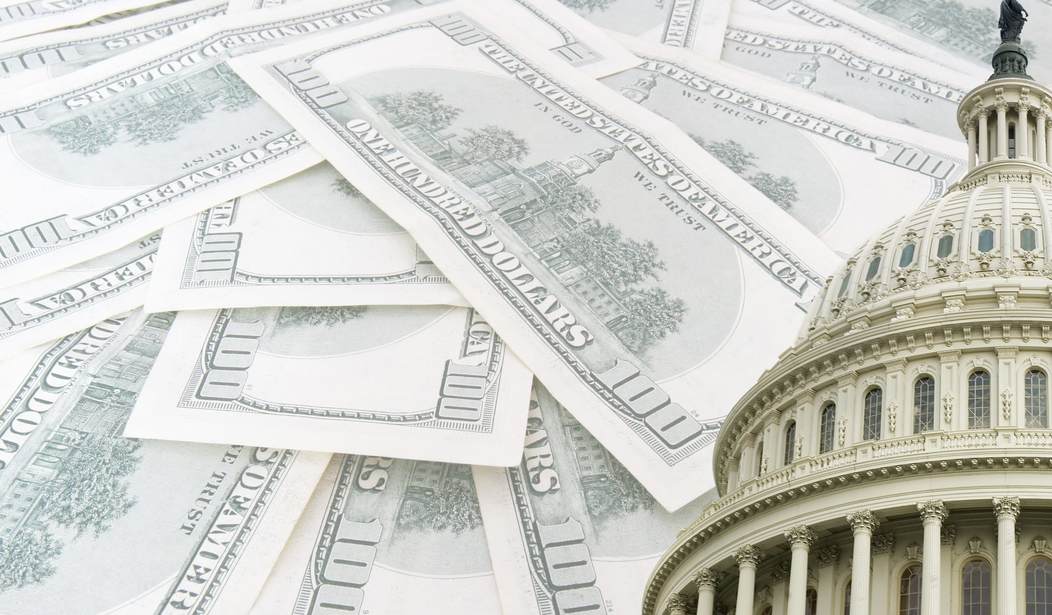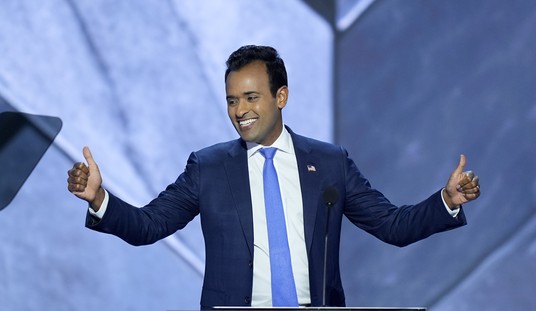WASHINGTON – The U.S. is facing the largest, most predictable crisis in American history, and almost nobody is talking about it.
That was one takeaway Wednesday during a discussion at the Heritage Foundation on the national debt, which is currently $20 trillion and mounting. Just before the July 4 recess, the Congressional Budget Office altered its projections for this year, estimating that $700 billion will be added to the debt in 2017, which is $130 billion more than the CBO estimated in January.
In the next 30 years, the CBO projects that the national debt could climb to $92 trillion – and that’s what experts describe as a rosy scenario, assuming there are no wars, no major terrorist attacks, no recessions and interest rates remain low.
The national debt is measured as a percentage of gross domestic product, and the $20 trillion mark is in excess of what the entire U.S. economy is projected to produce in GDP this year. That means that the U.S. is running at a 100 percent debt level. The only other time that happened was at the end of World War II. Around the mid-1970s, the national debt sank to 24 percent of GDP, but with today’s percentage, that means the economy is growing five times slower than the national debt.
“If the debt continues grower faster than the economy, that’s a recipe for disaster,” Brian M. Riedl, a senior fellow at the Manhattan Institute and former chief economist for Sen. Rob Portman (R-Ohio), said.
Panelists were asked frankly why American citizens should care about this escalating issue, and Michael Tanner, a senior fellow at the Cato Institute, offered a simple answer: because it makes the U.S. poorer. Because the debt has climbed so high, income levels are significantly lower, and Americans could be earning several thousand dollars less than if the debt were at a stable level, Tanner said.
“We’re all poorer than we otherwise would be,” he said.
According to the CBO, 100 percent of the projected debt growth is tied to Social Security, healthcare and interest on the debt. Riedl called the debt issue a “spending problem,” while arguing that no amount of taxation, even on the wealthiest Americans, is going to solve it. He said that even if a 100 percent tax were imposed on everything earned over $1 million annually, it would only raise the GDP by 3 percent. The national debt is headed toward 10, 15, 20 percent of the GDP in the next 20 years.
“It’s mathematically impossible to get there by taxing the rich,” Riedl said.
He argued that that only way to address the issue through taxation is to follow the European model by implementing a value-added tax, or national sales tax, of about 25 to 30 percent, which would be included in automobile and house sales. Tanner said the burden in that scenario would fall squarely on the middle class.
According to David Barnes, policy director at Generation Opportunity, short-term thinking has created the national debt crisis, and lawmakers are driven by short-term incentives because that’s what voters want. The debt is going to be real for young people, Barnes said, who will eventually have to pay off “all these terrible decisions being made in Washington right now.”
“As long as we as people don’t hold them accountable for that, we’re never going to get out of this problem because people prefer to get something today and put off tough decisions until later,” he said.
“Lawmakers really want to take care of those 70-year-olds who turn out every election, and young people, frankly, they couldn’t care less,” Tanner added.
The panelists suggested lawmakers agree to an overall spending cap as one remedy for the situation. They also recommended dollar-for-dollar decreases on Social Security, Medicaid and entitlement programs, as well as budget process reforms.









Join the conversation as a VIP Member